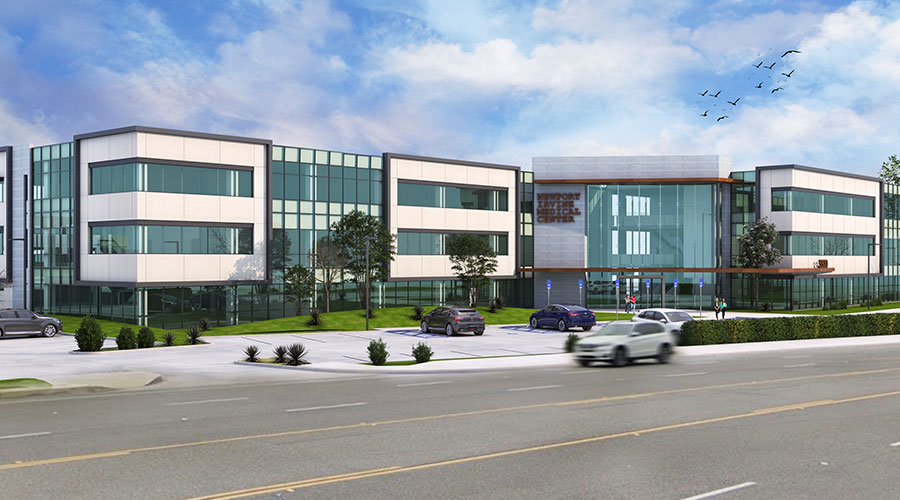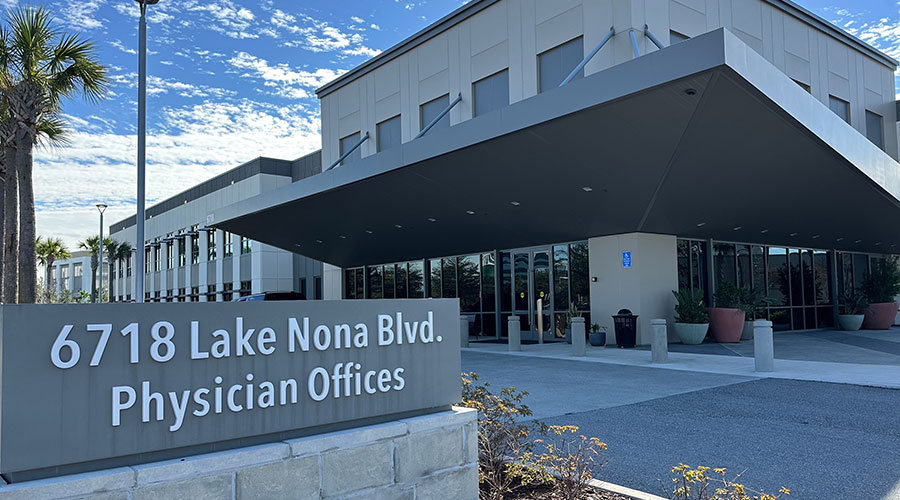U.S. Medical Office Buildings: A Cure for Market Volatility
CBRE’s first-ever report on the U.S. medical-office market concludes that a combination of demographic trends, technological advances and an emphasis on cost-efficiency will sustain demand for health care services well into the future. Key findings of our report include:
- The 65+ population, which currently accounts for the highest per-capita health care spending by far, will nearly double by 2055.
- Cost containment is driving health care industry consolidation and fueling demand for less expensive delivery settings, such as medical office buildings and urgent-care facilities, as well as new technologies that can produce better patient outcomes at lower costs.
- Absorption of medical office space has outpaced new supply for the past seven years, lowering the segment’s national vacancy rate to 8% as of Q1 2017.
- Rising investor confidence in medical office space has resulted in increased transaction volume in the segment, which reached nearly $10 billion for the year ending Q1 2017 and pushed cap rates to a record-low average of 6.8%.
To learn more about how the medical-office market is becoming increasingly appealing to investors, please download the full report, or for more information contact CBRE’s Healthcare Real Estate Services or CBRE’s U.S. Healthcare Capital Markets Group. |
|
|
|
|
August 28, 2017
Topic Area:
Press Release
Recent Posts
Senior citizens are among the most vulnerable population and require a certain level of care. States are trying to protect them.
Groundbreaking on the Newport Irvine Medical Center is scheduled for June 2025.
The lawsuit seeks a jury trial, damages, expanded credit monitoring services and security improvements at Sunflower Medical Group.
The nearly 8,000-square-foot facility will increase access to primary and specialty care services.
Case study: The system was able to detect 2,500 risk items in less than five months.

 States Move Forward to Better Protect Senior Citizens
States Move Forward to Better Protect Senior Citizens Archer and REDA to Transform Newport Beach Building into Outpatient Center
Archer and REDA to Transform Newport Beach Building into Outpatient Center Sunflower Medical Group Facing Lawsuit Following January Data Breach
Sunflower Medical Group Facing Lawsuit Following January Data Breach Nemours Children's Health Opens New Location in Lake Nona
Nemours Children's Health Opens New Location in Lake Nona Enhancing Safety at Hennepin Healthcare with a Screening System
Enhancing Safety at Hennepin Healthcare with a Screening System